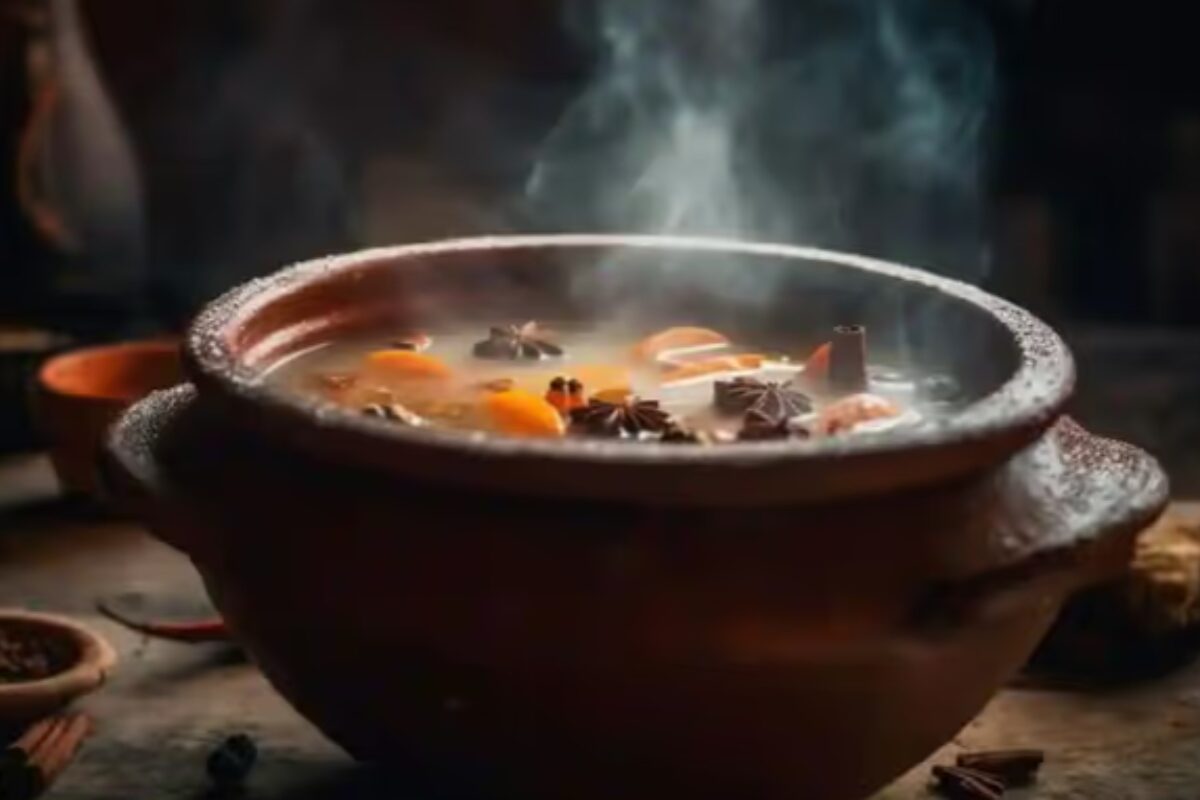
In a city celebrated for its fast-paced lifestyle and global food trends, Mumbai kitchens are reviving ancient cooking styles that once defined Indian culinary heritage. Amid instant noodles and cloud kitchens, a growing number of home cooks, chefs, and cultural enthusiasts are returning to the roots—rediscovering clay pots, wood-fire stoves, and hand-ground spices. For residents balancing nostalgia with health-conscious decisions, this revival isn’t just about food; it’s about reclaiming tradition, sustainability, and authentic taste.
Long before non-stick pans and microwave ovens dominated countertops, Indian kitchens relied on tools and techniques that elevated nutrition and flavor. Today, Mumbai’s food community is turning back to these practices for several reasons:
Health Benefits: Traditional cooking eliminates excess oil and chemicals while preserving nutrients.
Sustainability: Clay, stone, and wood-based tools reduce dependency on plastics and harmful coatings.
Authenticity of Flavors: Hand-pounded spices and slow-cooked meals offer richer taste profiles.
Cultural Connection: Younger generations are experiencing the heritage of India’s food traditions.
Clay pot or matka cooking is resurging in Mumbai’s households and restaurants. Clay retains heat evenly, enhances mineral content, and imparts a unique earthy aroma. From biryanis to dals, chefs are bringing back this age-old vessel as a healthier alternative to aluminum or steel cookware.
The rhythmic sound of grinding chilies and garlic on a sil batta is a sensory memory for many. Unlike modern blenders, stone grinding slowly releases essential oils, creating a deeper flavor and texture in chutneys and masalas. Several Mumbai-based cooking workshops now teach how to use this almost-forgotten tool.
While electric stoves may dominate apartments, rural-style chulhas are making a revival at urban pop-up cafes and food festivals. Chefs argue that the subtle smoky undertones achieved through wood-fire are irreplaceable. Some urban households even install clay mini-stoves for occasional chulha cooking.
Mumbai kitchens are revisiting fermentation methods like making kanji (a probiotic drink), pickling seasonal vegetables, and preparing traditional batters for dosas and idlis. These methods not only preserve food naturally but also boost gut health.
Bronze, copper, and brass utensils are finding their way back into kitchens as people become aware of their antimicrobial and health benefits. This shift supports local artisans who specialize in crafting traditional cookware.
Several Mumbai chefs are blending tradition with innovation:
Chef Thomas Zacharias, a champion of regional Indian food, has introduced wood-fired and clay-cooked dishes into fine dining menus.
Local food bloggers host pop-up dinners showcasing recipes cooked on open flames or in earthenware.
Culinary schools in Mumbai are encouraging students to experiment with old techniques alongside modern plating styles.
This renewed interest reflects not only a culinary trend but also a cultural renaissance.
The revival isn’t limited to professional chefs—many home kitchens in Mumbai are experimenting with age-old tools and recipes. Here’s how:
Replacing synthetic cookware with clay and brass vessels.
Grinding spices manually on stone slabs instead of blenders.
Slow cooking curries over smaller clay stoves to enhance flavor.
Reintroducing forgotten recipes like sun-dried papads, hand-pounded chutneys, and fermented drinks.
Shopping from local markets to source indigenous grains and millets.
When Mumbai kitchens embrace these methods, they also adopt natural wellness practices:
Clay pots naturally cool water and increase alkalinity.
Fermented foods improve digestion and immunity.
Using traditional oils like sesame or mustard in slow cooking promotes heart health.
Avoiding toxic cookware coatings reduces chemical ingestion.
These health advantages make ancient techniques appealing to millennials seeking a holistic lifestyle.
Although nostalgic and beneficial, the shift back to age-old cooking isn’t without hurdles:
Urban Space Constraints: Most modern Mumbai apartments lack space for bulky clay pots or traditional grinders.
Time-Intensive Methods: Grinding and slow cooking demand patience in a city used to quick meals.
Awareness Gap: Many urban families have lost generational knowledge of how to use and maintain such cookware.
Market Accessibility: Authentic clay pots or brass utensils are not easily available in all neighborhoods.
Yet, food enthusiasts see these as opportunities for innovation, bridging convenience with cultural continuity.
As the revival gains momentum, Mumbai is poised to create a hybrid food culture where the traditional meets the modern. This future could look like:
Restaurants serving regional Indian dishes cooked in traditional vessels but presented with modern aesthetics.
Homes blending quick electric-grinding with occasional hand-ground spice blends for special meals.
Rising popularity of farmer’s markets promoting heritage grains and traditionally processed ingredients.
Such trends indicate that ancient cooking styles are not just being remembered, but reimagined for contemporary lifestyles.
In today’s fast-changing culinary landscape, Mumbai kitchens are reviving ancient cooking styles not only for nostalgia but for authenticity, health, and sustainability. By returning to clay pots, stone grinders, and wood-fired stoves, Mumbaikars are rediscovering lost traditions while passing them on to the next generation. This movement bridges the gap between old and new, ensuring that food remains more than just sustenance—it becomes a cultural experience.
©Famous India Blog. All rights reserved.
Creativity By Needinfotech